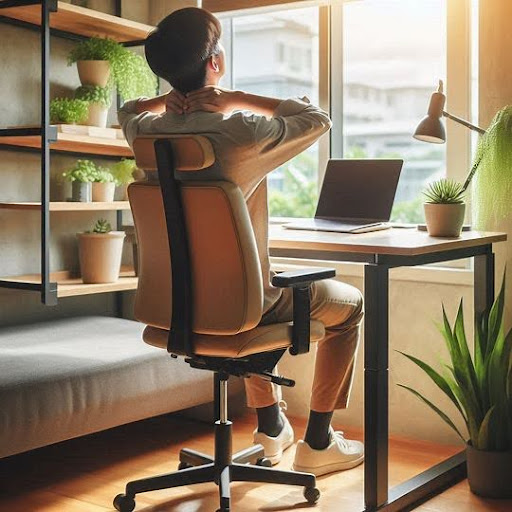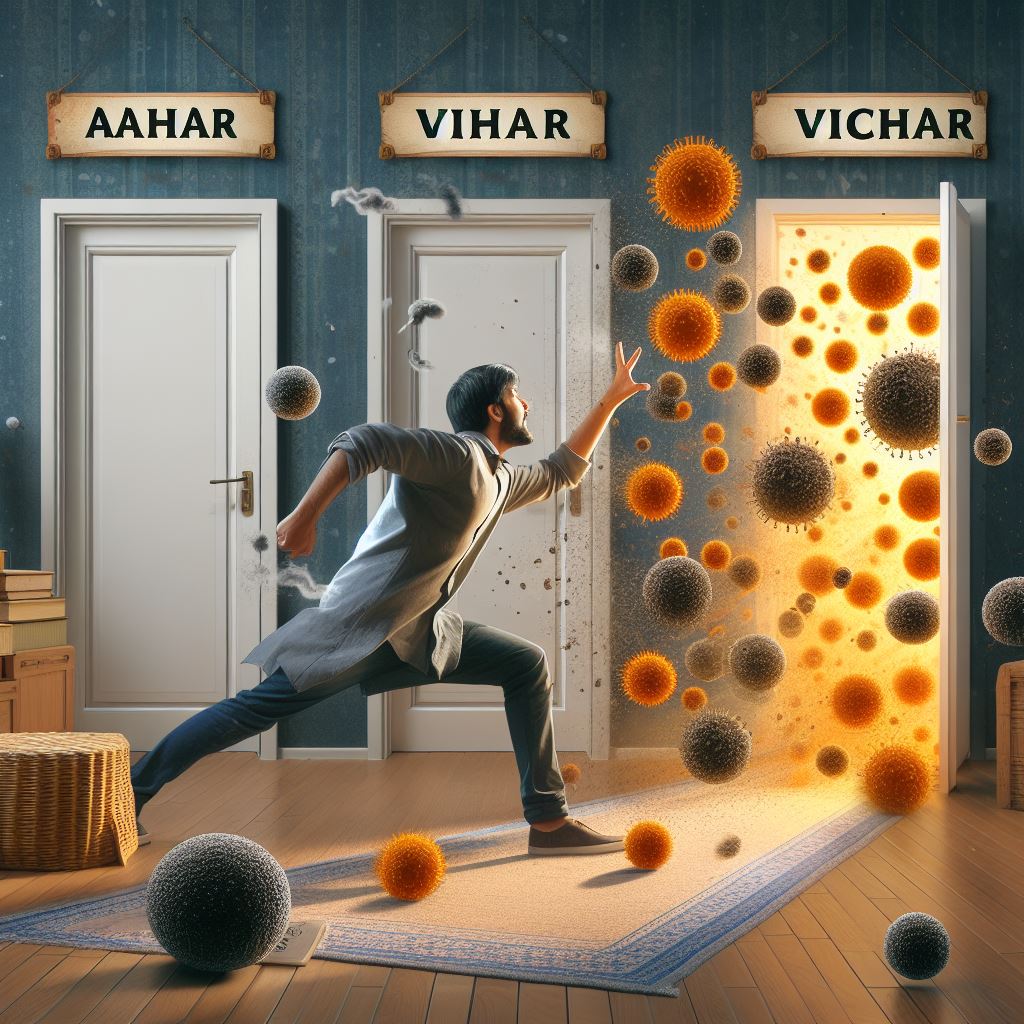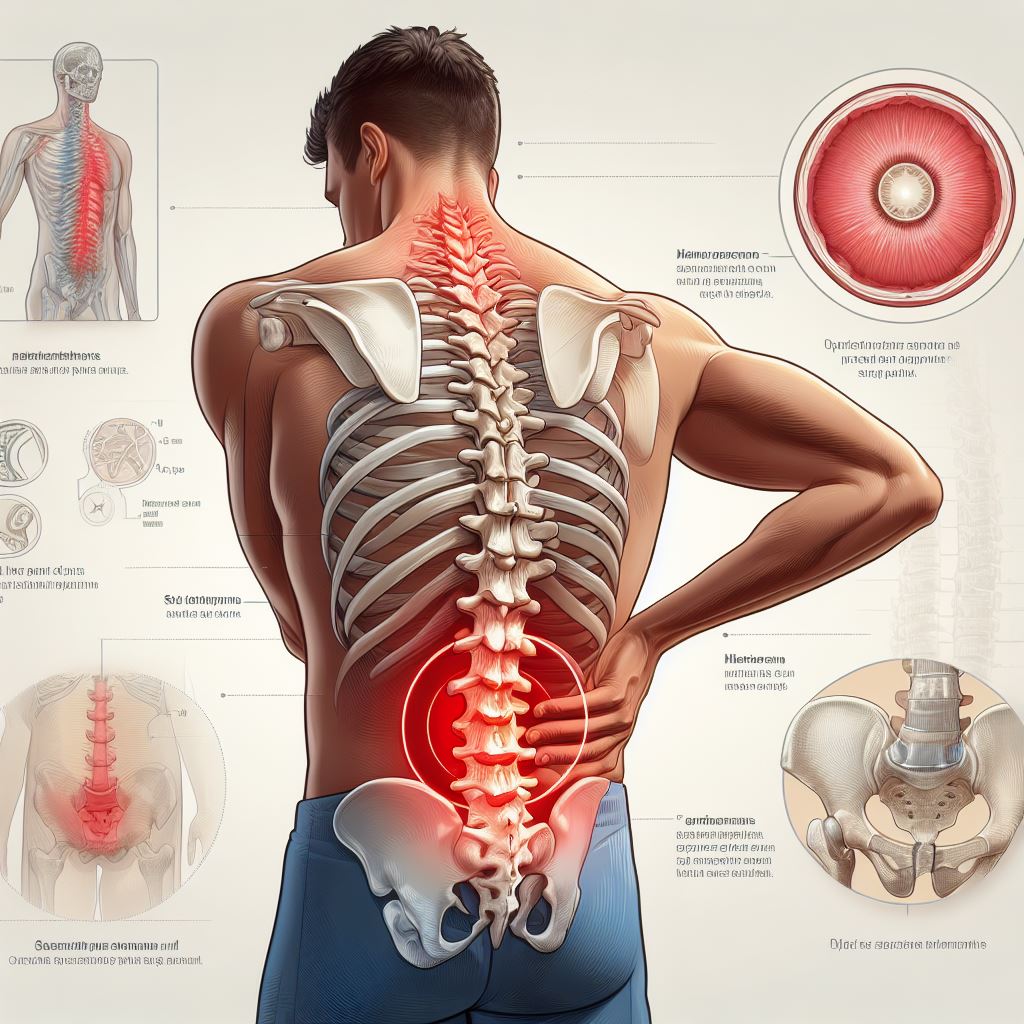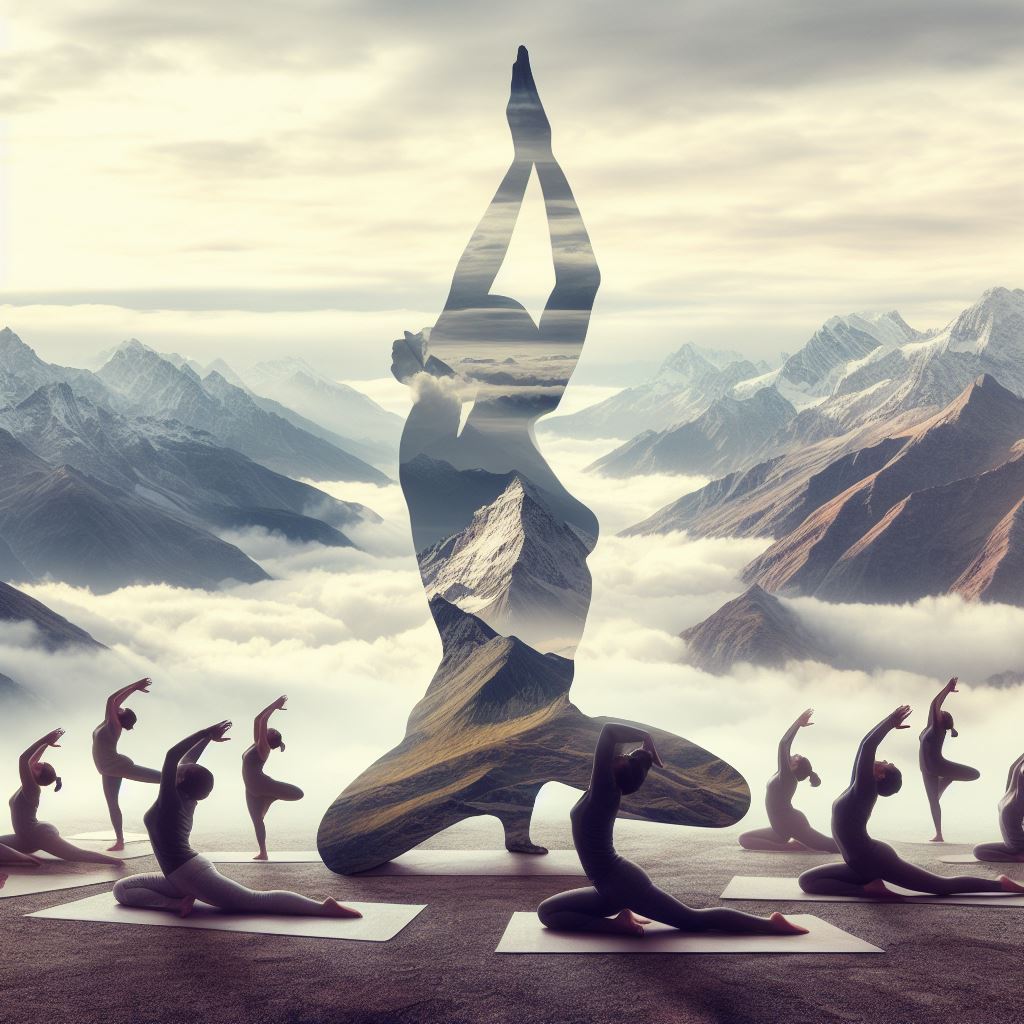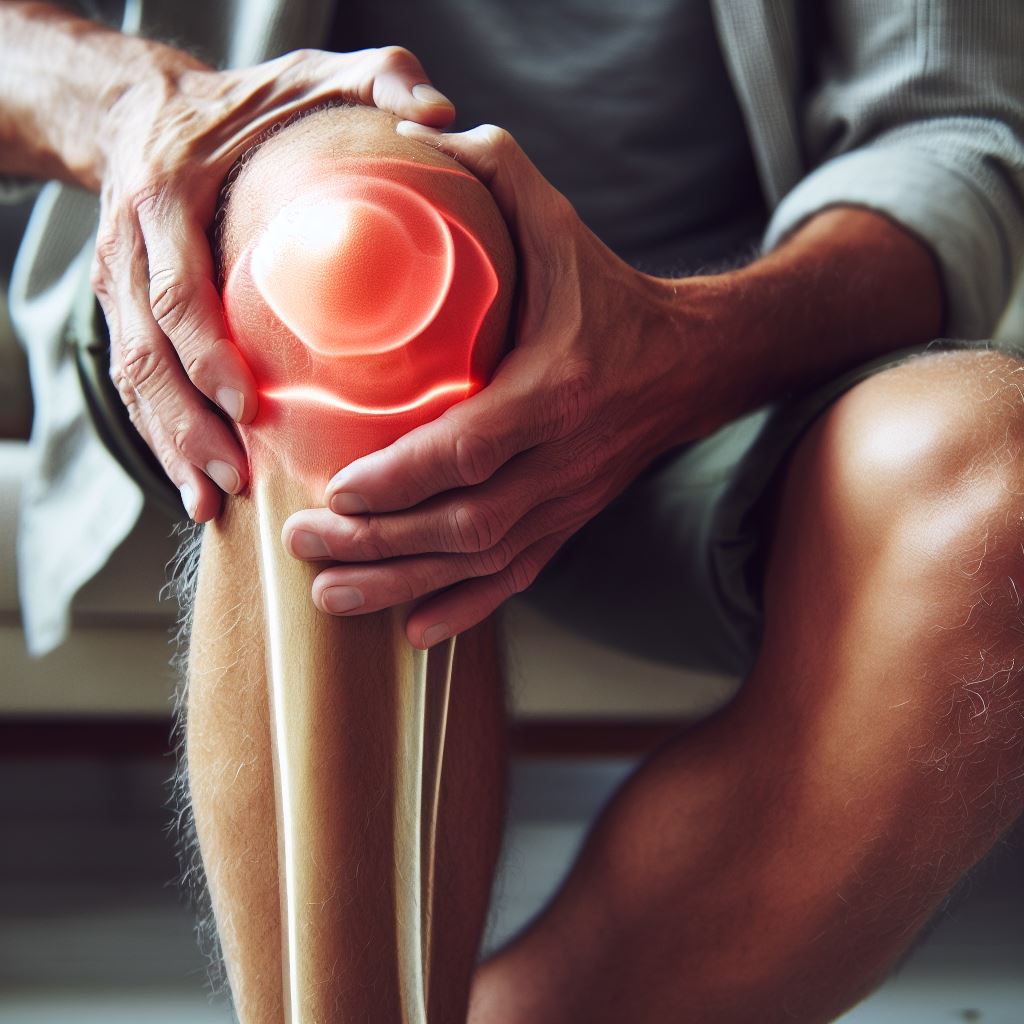Lower Back muscle strengthening can increase pain
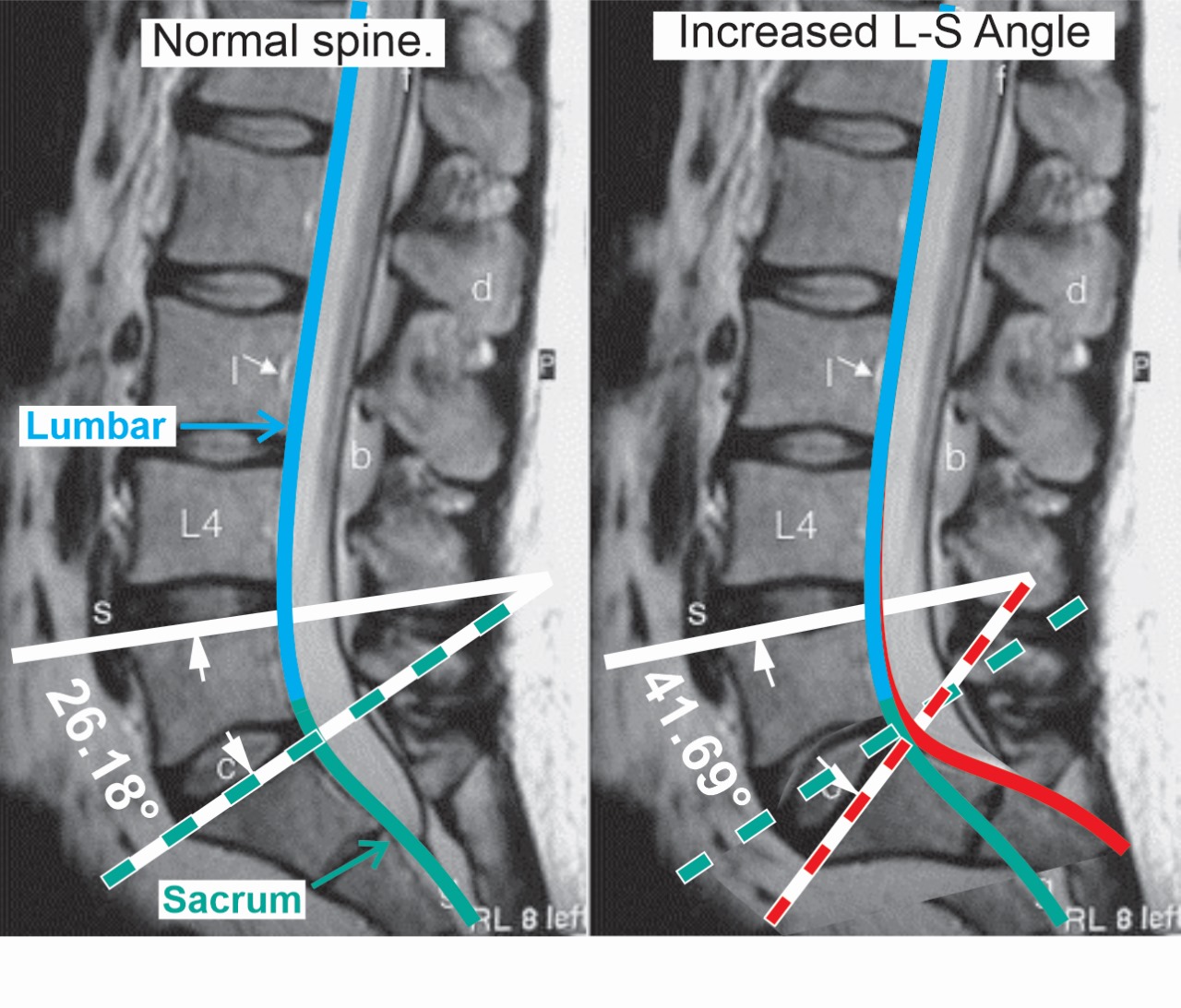
Why Back Strengthening Is Not Always the First Step towards Lower-Back Pain Relief
Lower-back pain is usually caused by compression of the spine that occurs when there is increased pressure on the spinal discs or surrounding structures. This pressure can be the result of various factors such as poor posture, prolonged sitting or standing, heavy weight lifting, or degenerative conditions like herniated discs. If compression is identified as a significant contributor to lower back pain, it is crucial to avoid activities or practices that further increase this pressure.
For example,
In the case of women wearing high heels, the lordosis (curvature of the spine) increases resulting in contraction of lower-back muscles.
In the case of men placing their wallets in their back pockets and sitting for long hours, the muscles are contracted further on just one side which may also cause lower back pain on just one side.
A SEQUENTIAL APPROACH TO TREATING LOWER BACK PAIN
Rest, and apply a heating pad: This helps to alleviate muscle tension and to promote relaxation in the affected area. Applying a heating pad or warm compress to the lower back can help increase blood flow, reduce stiffness, and ease discomfort.
Avoiding activities that increase compression: Activities like back-bending and certain types of back-strengthening exercises can exacerbate compression in the spine, worsening lower-back pain. Therefore, it is initially advisable to refrain from these activities, especially if compression is a known or suspected issue. Instead, focus on gentle stretching and decompression techniques to relieve pressure from the spine.
In the MRI of a patient with LBP, due to the natural curvature in the lower back, the intervertebral disc in L5 is in general a lot thicker anteriorly than posteriorly, but in this case, it has become a lot thicker than usual. In such cases, if the patient chooses to do backbends to strengthen the back, the discs will move closer resulting in increased compression of the spine.
Stretching and decompressing the spine: Stretching and decompression techniques aim to elongate the spine and create space between the vertebrae, reducing pressure on the discs and nerves. These techniques may involve gentle stretches, traction, or specialized movements designed to alleviate compression and improve spinal mobility. It is essential to perform these exercises under the guidance of a qualified Medical Yoga therapist or another healthcare professional, to ensure safety and effectiveness.
Gradual progression to strengthening: Once stretching and decompression have helped alleviate some of the pressure and discomfort, it is appropriate to gradually introduce strengthening exercises. Strengthening the muscles surrounding the spine provides support and stability, which can help prevent future episodes of lower back pain.
Lumbo-Sacral Angle: Due to prolonged sitting, the sacrum moves
posteriorly, leading to an increase in lumbosacral angle. In such
cases performing back bends and lower-back muscle-strengthening
exercises can further increase the angle and aggravate lower-back
pain.
